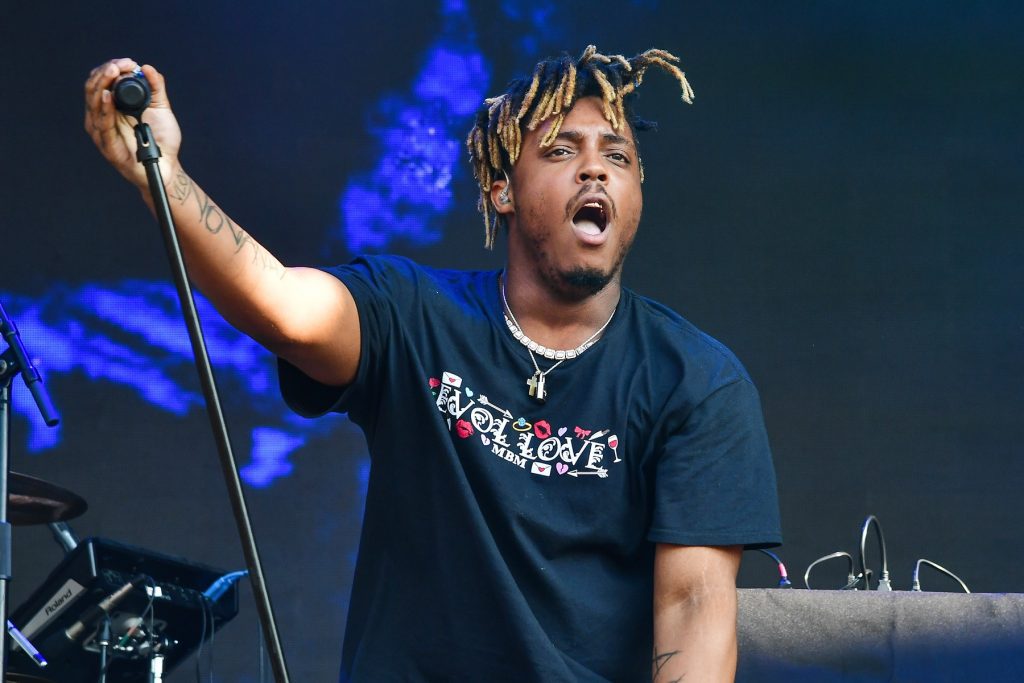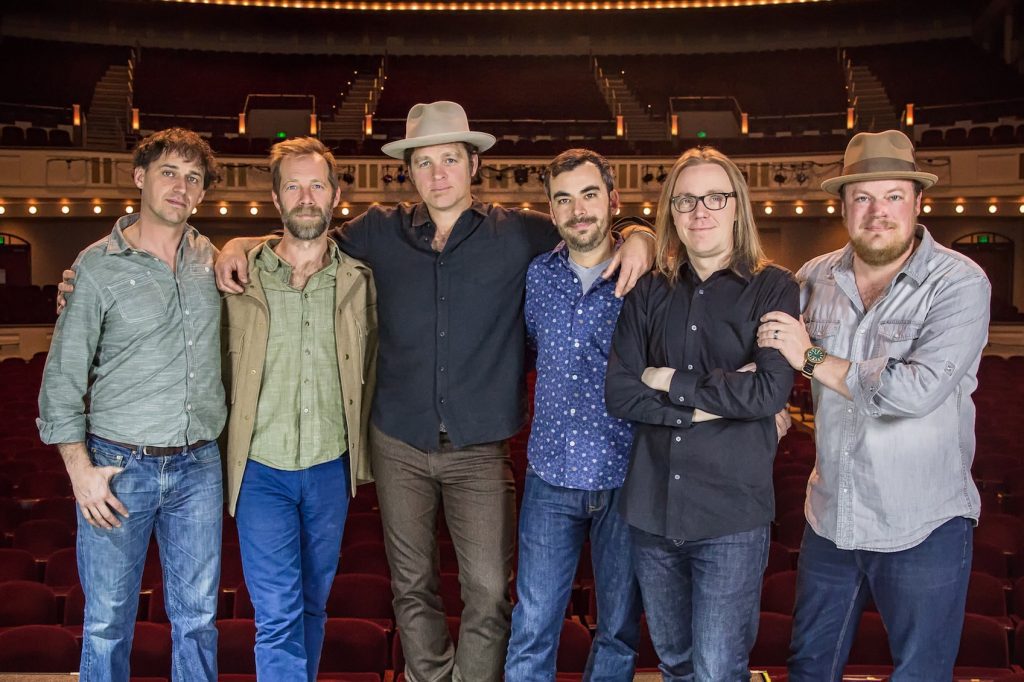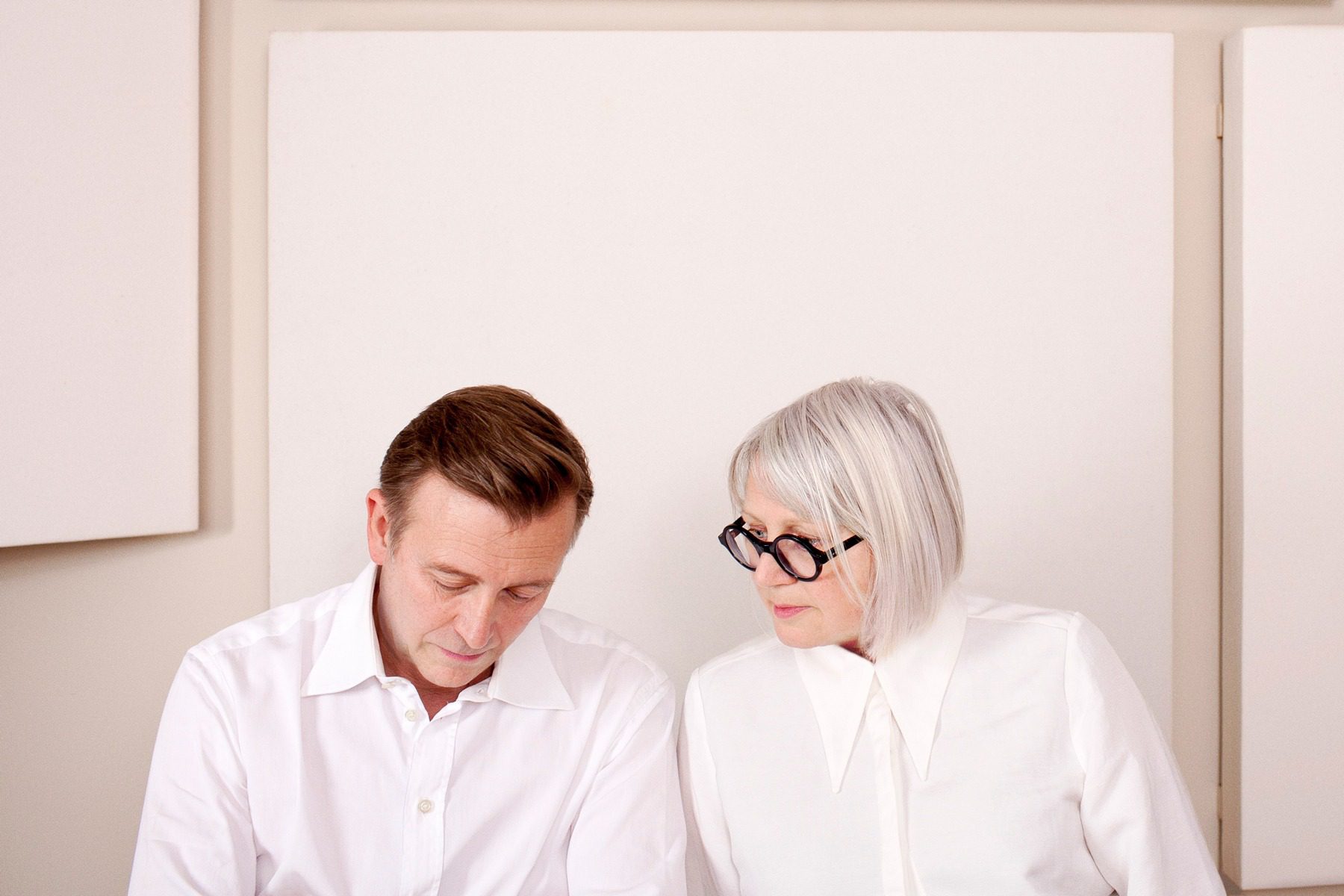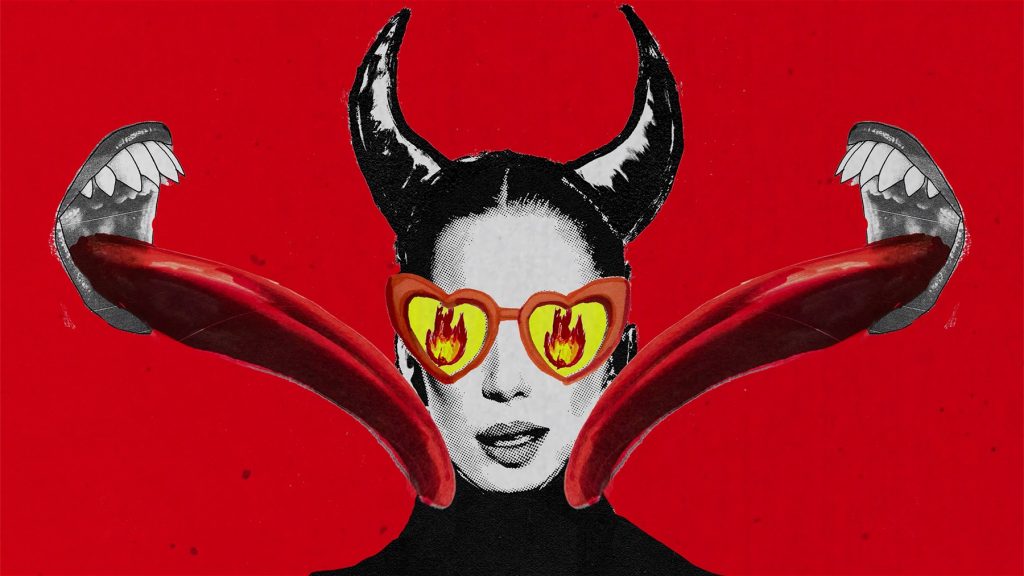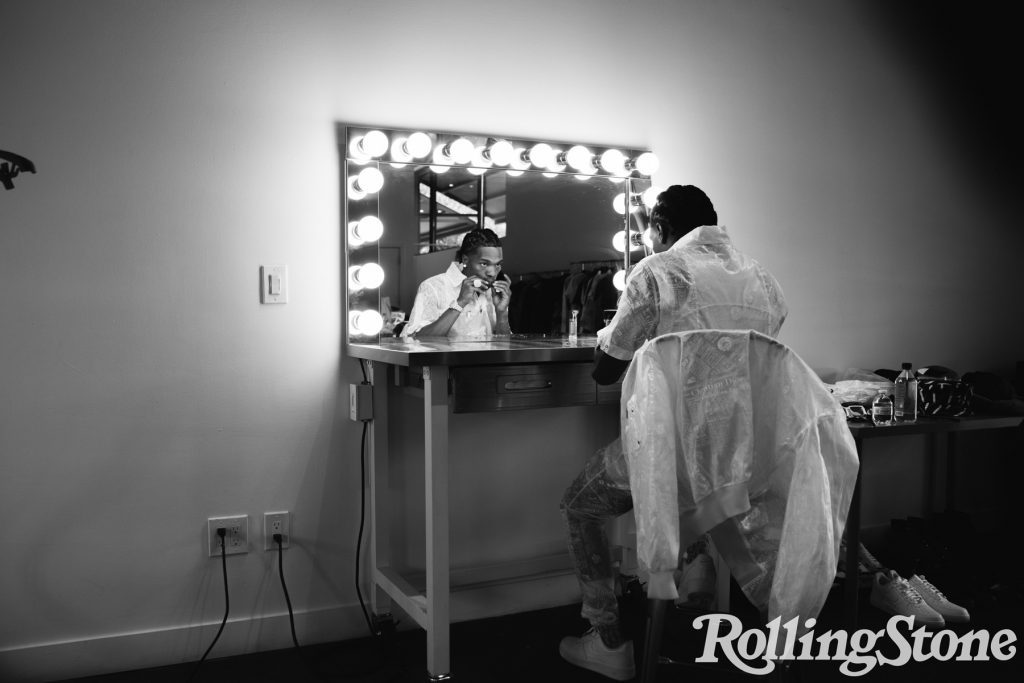
How Lil Baby Became a Superstar
When Charles Holmes traveled to Atlanta on June 27th to interview Lil Baby for the August magazine cover story, the city was still raging over the police killing of Rayshard Brooks outside a local Wendy’s and reeling from a new escalation in coronavirus cases, with a record 10,284 reported across Georgia that week.
“It was an intense time to be there,” says Holmes. “But it also felt like the right time to visit Lil Baby.” The Atlanta rapper’s latest song, “The Bigger Picture,” describes in urgent, personal rhymes the fear, pain, and “wicked” system of police brutality that led to this moment. The song, which has been streamed more than 100 million times, has become a defining commentary on the Black Lives Matter movement, and catapulted Baby to a new level of fame.
The track gets its power from real-life experience: Baby started out as a local drug dealer, experienced horrific police violence, and spent roughly two years in prison before turning to music in 2017. “I just rap about my life,” he tells Holmes. “All my songs are basically about me. And it was at a point where I felt I needed to say something.”
Holmes has worked as a staff writer since 2018, covering everything from Megan Thee Stallion (in his first cover story, earlier this year) to George Floyd’s Houston rap career, in our July issue. He brings natural charm and easy humor (check out the RS video series he hosts, Birding With Charles) as well as deep music knowledge.
Holmes was early to recognize Lil Baby’s potential and places him in a lineage of iconoclastic Atlanta rappers that started with Outkast and includes T.I., Young Jeezy, and Future. “A bunch of rappers like DaBaby and J. Cole had been trying to sum up the moment, but Lil Baby really hit it,” says Holmes. “ ‘The Bigger Picture’ is when everybody caught on to the fact that he has a consciousness people weren’t sure of before. It’s when people realized, ‘This guy has something to say.’ ”
For the cover image, photographer Diwang Valdez shot Lil Baby at locations across Atlanta, including on the street outside the Wendy’s in Peoplestown where Brooks was killed. The spot has become a locus of grief and rage. When Baby showed up in his all-white Rolls-Royce, he was reticent, but he ended up taking photos and even making a cameo in an amateur rap video. “It was a surreal feeling of being somewhere that felt like heavy, hallowed ground,” says Catriona Ni Aolain, IndieLand’s director of creative content. “It meant a lot for people to see him there. I kept hearing people say, ‘He’s a real one,’ ” she says. “You got the feeling that Lil Baby is loved across this city.”
